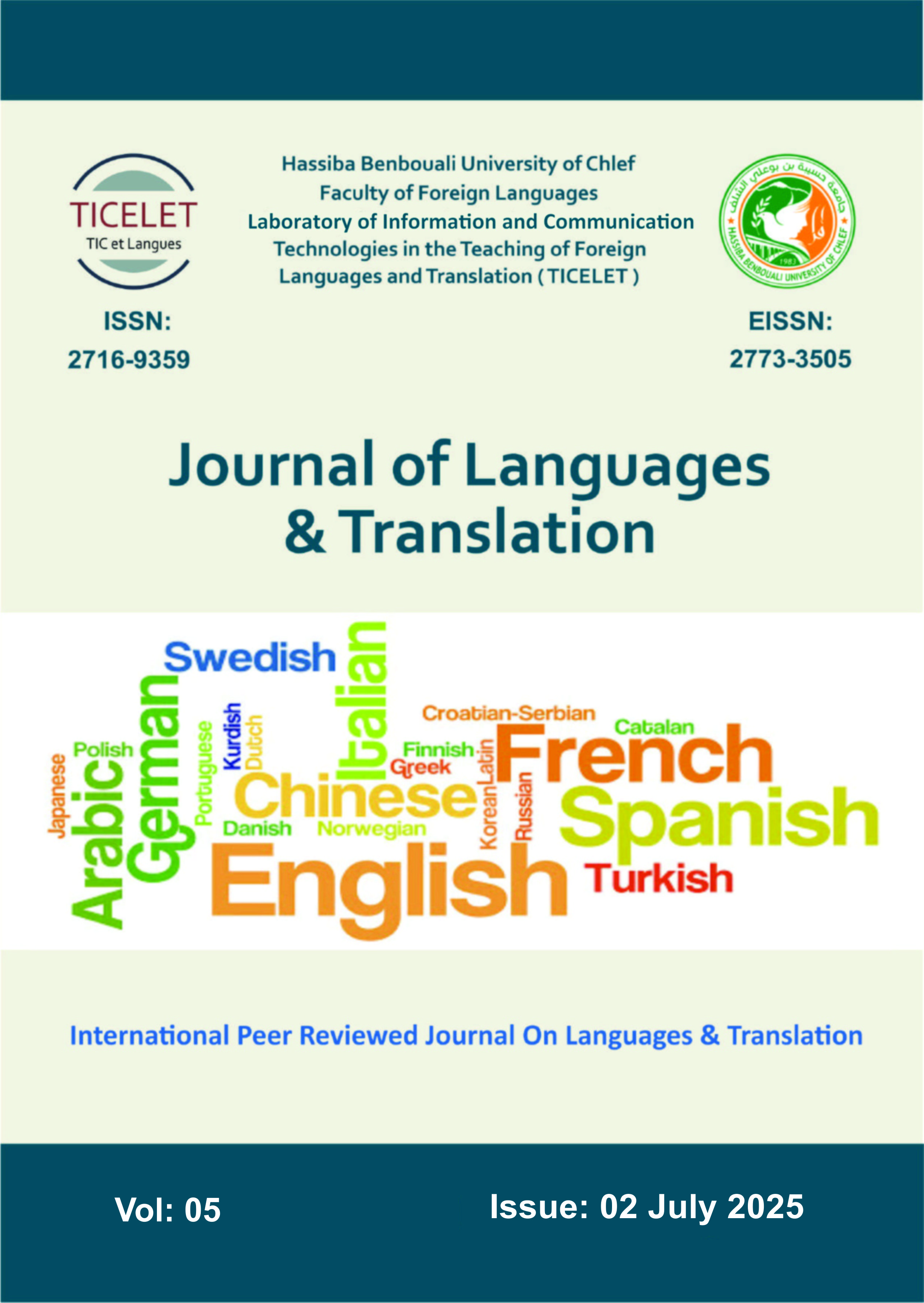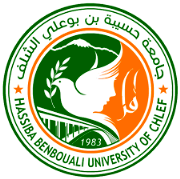Translation and Acculturation in the Abbasid Era: Dynamics and Role in Shaping Arabic Literary Output
DOI:
https://doi.org/10.70204/jlt.v5i2.664Palavras-chave:
Acculturation, Communication, Interaction, Literature, TranslationResumo
The translation dynamic endeavors to establish a form of interaction among the diverse cultural systems pertaining to different civilizations. It functions as an intermediary bridge facilitating communication between heterogeneous human groups. The objective of this undertaking is to acquire an intellectual and scientific foundation that empowers these groups to build their knowledge base and enrich their cultural legacy. It embodies a form of cultural dialogue wherein diverse civilizations interweave. This important study addresses a critical issue that has been insufficiently explored within modern critical studies: the active role of translation in fostering and augmenting acculturation among nations during the Abbasid era and its impact upon Arabic literature, along with the contributions of rulers in supporting this dynamic to create a space for intercultural exchange. It also sheds light on the political, intellectual and ideological dimensions that accompanied the translation movement during this active period, viewing it not merely as a linguistic or technical task, but a strategic intellectual endeavor that served the broader objectives of the Abbasid state. This study, employing historical, descriptive, and inductive methods, aims to examine the role played by the translation dynamic in promoting openness to the “other” and constructing bridges of cultural and intellectual communication. Additionally, it traces the efforts of translators during the Abbasid era and highlights major translated works in literature, arts and sciences from other civilizations, mainly Persian and Greek and others, while also pointing to the enduring influence of those works on the development of Arabic intellectual thought and literary creativity.














